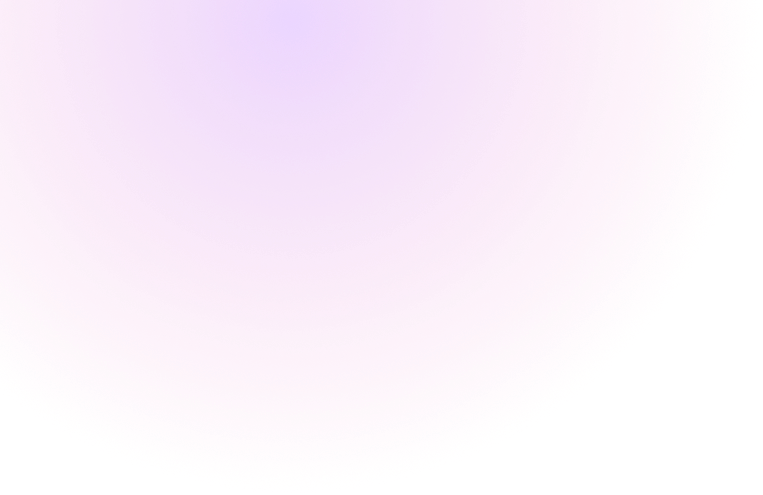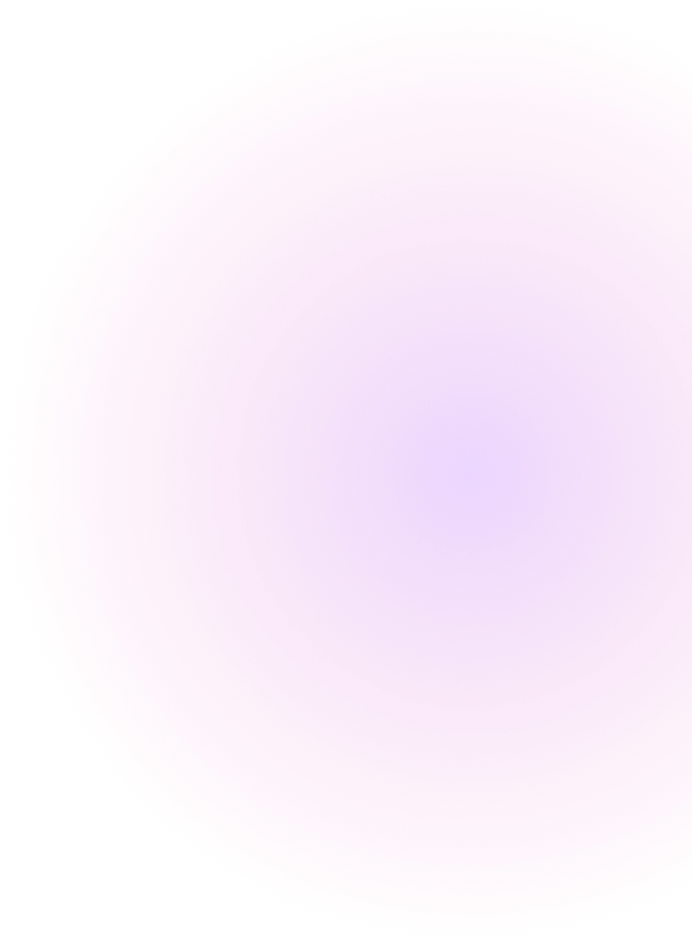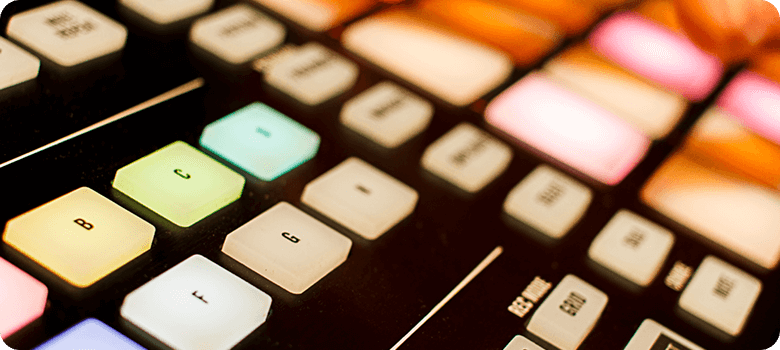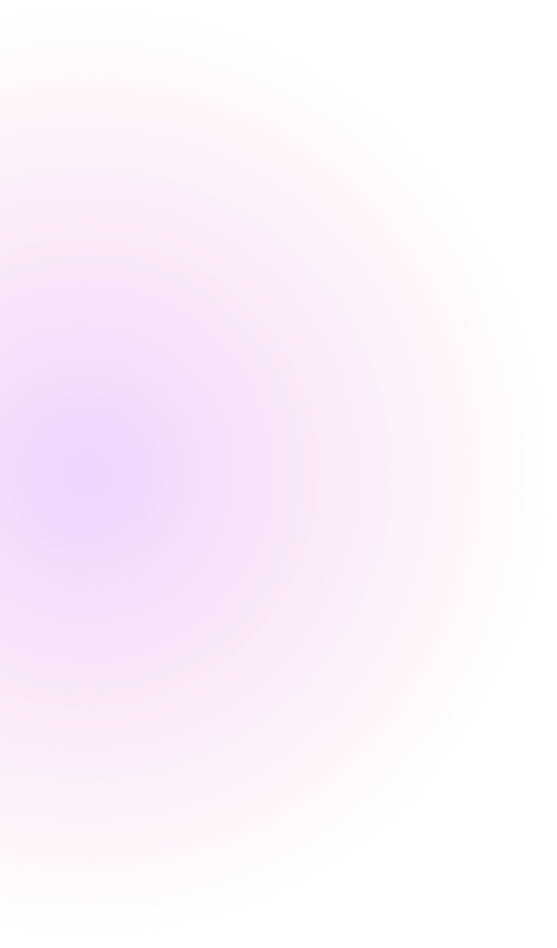Since its introduction in 1983, the Musical Instrument Digital Interface (MIDI) has been primarily associated with electronic music production. However, its impact extends far beyond the studio. MIDI has been widely adopted in interactive installations, live performances, visual art, and control systems, providing a crucial foundation for cross-disciplinary creative technology. Its lightweight data bandwidth and strong ability to transmit performance and control data make it invaluable in various artistic and technological contexts.
The Expanding Role of MIDI in the Arts
MIDI’s influence reaches into performance art, audio-visual synchronisation, and interactive installations. The protocol’s original design, which emphasised interoperability between devices (Diduck, 2015), allows artists to seamlessly integrate music with visual and kinetic elements. For example, MIDI-controlled lighting systems and projection mapping enable immersive performances where sound triggers corresponding visual effects in real time.
Contemporary live performances leverage MIDI to synchronise complex multimedia elements. Artists like Ryoji Ikeda and Squarepusher employ MIDI-driven visuals that react dynamically to their musical compositions. This use of MIDI expands far beyond its original intent: to create a ‘timbrally flexible’ communication protocol applicable across various devices (Macchiusi, 2017). Additionally, generative art installations, such as those by Refik Anadol and Bernardo Varela, use MIDI signals to modulate digital visuals, providing a continuously evolving interactive experience.
MIDI for Real-Time Control in Performance Spaces
MIDI’s capacity for transmitting control messages allows it to operate beyond musical notes. It can manage lighting rigs, trigger video cues, and interact with physical computing devices such as robotic instruments and kinetic sculptures. For example, MIDI controllers can manipulate Open Sound Control (OSC) messages, which facilitate high-resolution communication in multimedia environments (Clark & Basman, 2017). This is particularly valuable in theatrical and dance events, where artists may use MIDI to coordinate sonic, visual, and mechanical elements.
Some installations employ MIDI to convert audience input into generative compositions, reinforcing the participatory nature of modern art. For instance, in sensor-based exhibitions, visitors’ movements can trigger MIDI signals to activate sounds or visuals in response to their presence. MIDI’s functionality expands creative agency beyond traditional musicians, enabling dancers, visual artists, and even audience members to engage directly with digital media.
MIDI in Assistive and Adaptive Technologies
Beyond the arts, MIDI plays a crucial role in accessibility. Assistive technology developers have adopted MIDI for alternative controllers that allow individuals with disabilities to create and interact with music and multimedia. Devices such as eye-tracking MIDI controllers and adaptive MIDI interfaces empower users to engage in music-making and digital art creation without conventional instruments.
Furthermore, MIDI-enabled brain-computer interfaces (BCIs) explore the connection between cognitive activity and artistic expression. Researchers have developed MIDI-based EEG systems that translate brainwaves into MIDI signals, allowing users to control sounds or visuals using their neural activity. These applications demonstrate how MIDI continues to evolve as a tool for expanding human-computer interaction.
Conclusion: MIDI’s Lasting Influence
Despite emerging alternatives like OSC and MIDI 2.0, MIDI is an anomaly of a digital protocol, and remains one of the most robust and widely supported protocols for cross-disciplinary creative expression. Its longevity and global adoption is a testament to its adaptability, offering a bridge between the digital and physical worlds in ways its creators could not have fully anticipated (Moog, 1986). As technology advances, MIDI continues to serve as a powerful tool for real-time communication, shaping the future of interactive performance, generative art, and accessibility.
